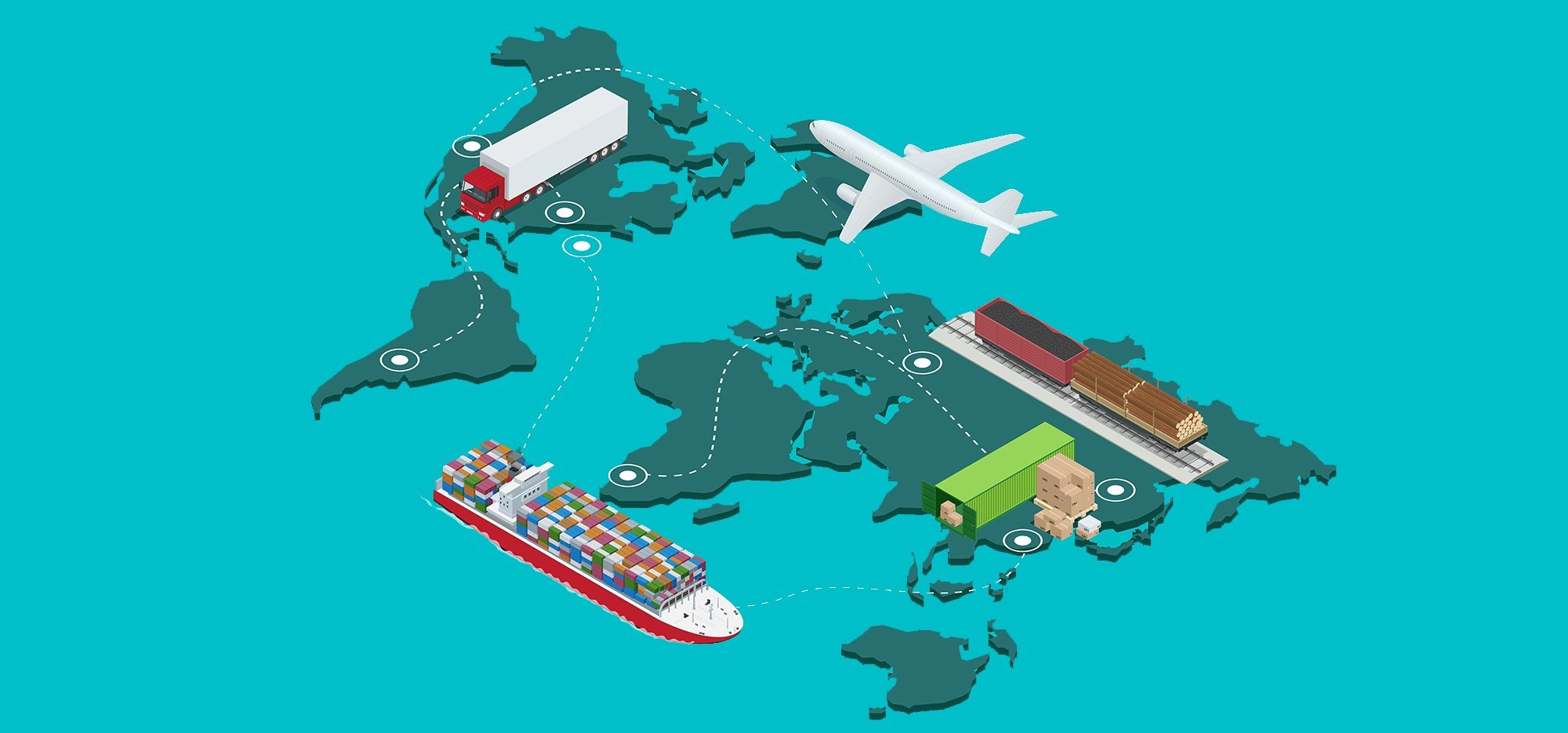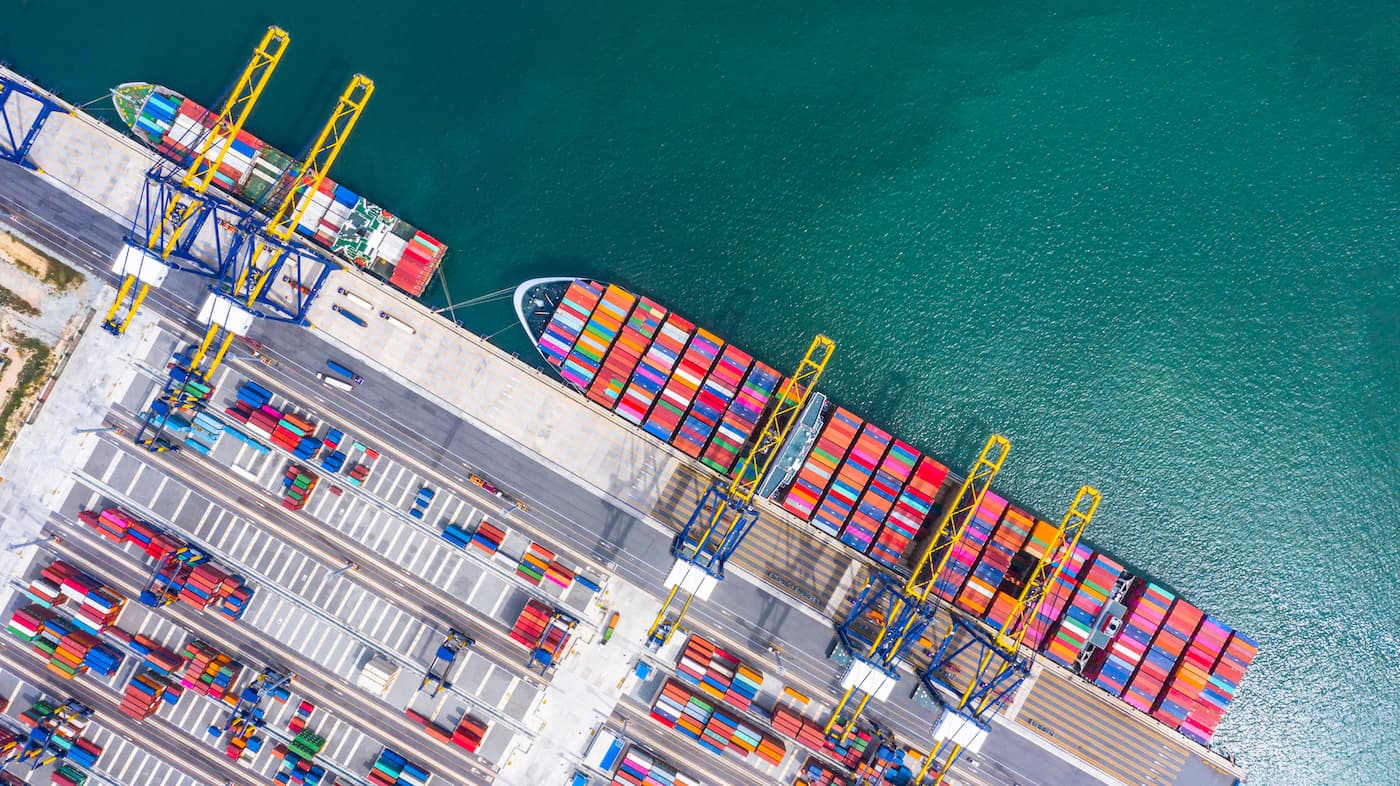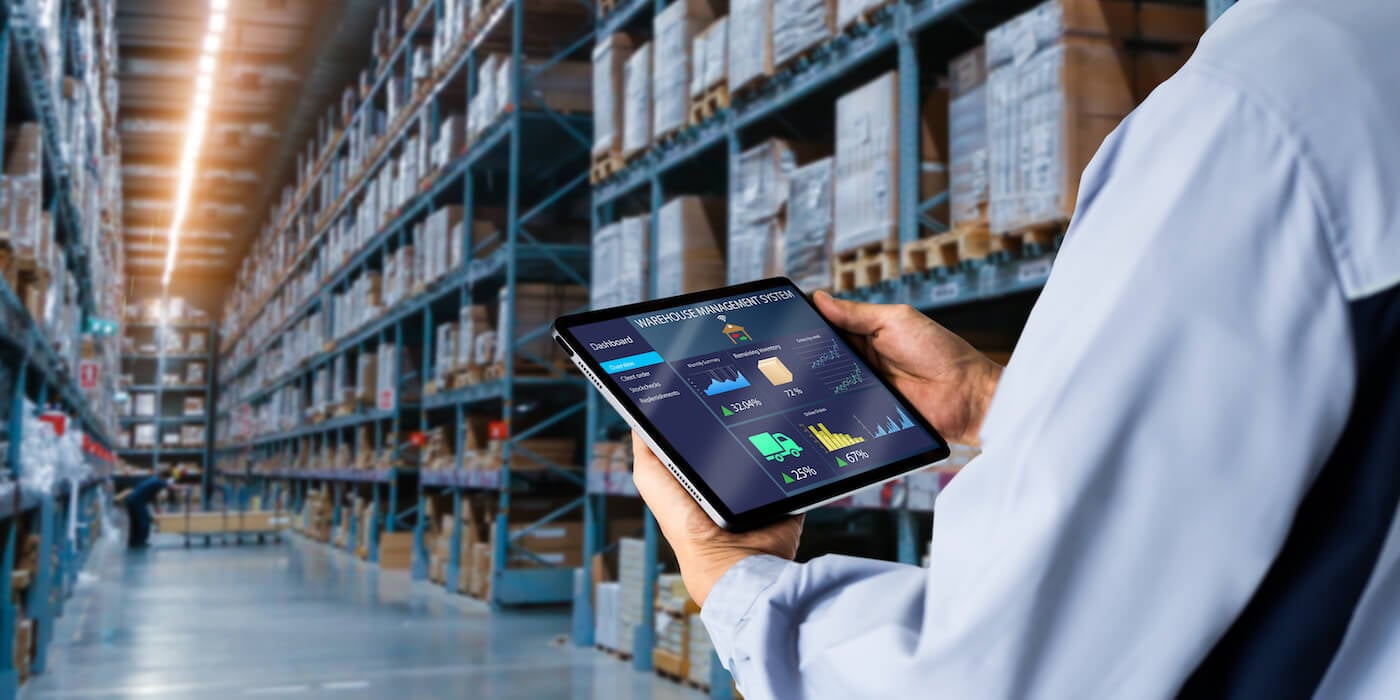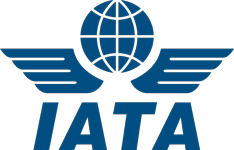The lines separating supply chain management from logistics can appear blurred, and the two concepts are often referred to interchangeably. Yet although a symbiotic relationship exists, each possesses distinctly different functions and purposes, comprised of specialized tasks and responsibilities.
OverviewThink of a supply chain as a network—of manufacturers, suppliers, wholesalers, retailers, etc.—rather than a series of specific functions.
Logistics, on the other hand, is more immediately tangible; it refers to the activities involved in moving goods from one point to another within a supply chain.
Simply put: Logistics is a fraction of supply chain management; the latter, an umbrella term used to describe an entire business philosophy, encompassing all internal and external supply chain processes, including logistics.
Still scratching your head? You are not alone. Here's a more in-depth, visual analysis of the difference between logistics and supply chain management, including definitions, processes, purposes, job descriptions, and technologies affiliated with both.
Definitions
|
Noun |
Noun |
Processes
|
Logistics |
Supply Chain Management |
|
|
Purpose
|
Logistics |
Supply Chain Management |
|
The purpose of logistics is to provide just-in-time delivery for the primary sake of customer satisfaction. |
The goal of supply chain management is supply chain optimization for the sake of competitive advantage, as in the most efficient and cost-effective methods for those working within a supply chain. |
Job Descriptions
|
Logistics Manager |
Supply Chain Manager |
|
Job responsibilities for a logistics manager include:
|
Job responsibilities for a supply chain manager include:
|
Technology
|
Logistics |
Supply Chain Management |
|
|
Also keep in mind: While it is correct that logistics is technically a subset of supply chain management, it is misleading to only consider logistics in terms of SCM. The magnitude of consequences associated with logistical practices is too great, and too essential to the whole of a supply chain to be tethered to a singular, master term without recognizing its leadership role within that greater puzzle of supply chain management.
Subscribe to the CAF Worldwide blog to learn more about all things logistics and supply chain management, or contact us to request a quote.
Topics: Logistics and supply chain management
CAF Worldwide has been a trusted leader in global logistics and freight forwarding since 1982, delivering tailored supply chain solutions with a focus on reliability, innovation, and customer-centric service. Specializing in industries such as apparel, footwear, and consumer goods, CAF offers comprehensive services including air and ocean freight forwarding, customs brokerage, intermodal transportation, warehousing, and RFID-based tracking. With a strong presence in Southeast Asia and Bangladesh, CAF ensures efficient, secure, and timely delivery for clients worldwide. Guided by core values of advocacy, loyalty, and integrity, CAF Worldwide is committed to advancing global trade through ethical practices and cutting-edge technology.













 Copyright 2025 CAF Worldwide. All rights reserved.
Copyright 2025 CAF Worldwide. All rights reserved.